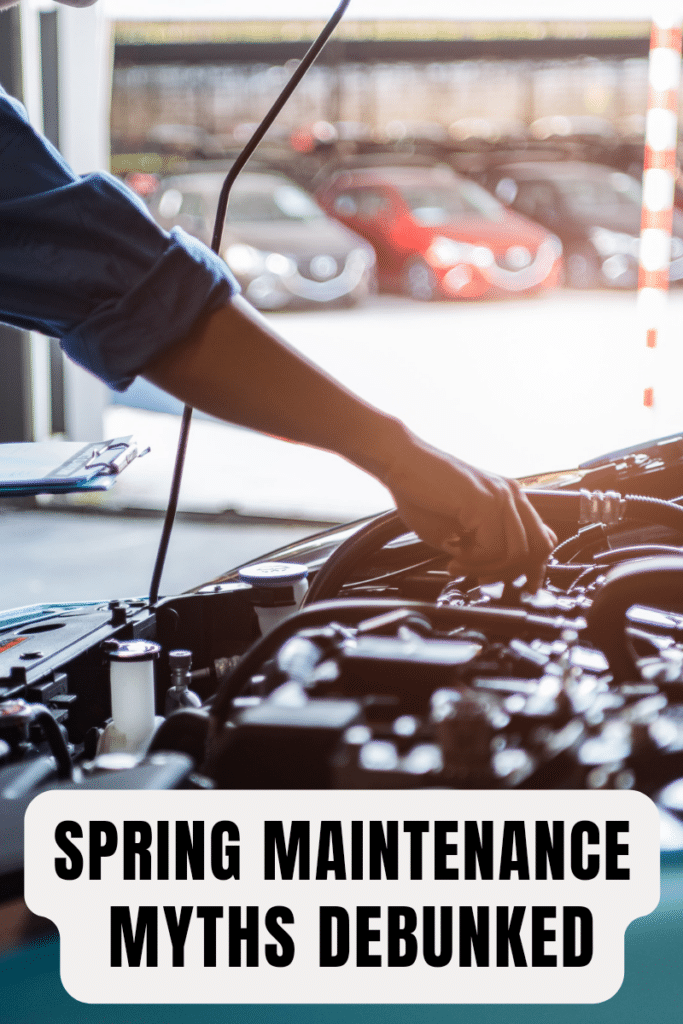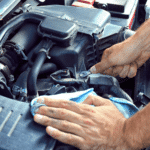As the snow melts and the first green shoots of spring sprout, many drivers begin to consider preparing their vehicles for the warmer months. Spring car maintenance is critical to keeping your vehicle running smoothly and effectively, but there is a lot of misinformation out there.
In this post, we’ll dispel some of the most frequent spring maintenance myths, giving you the information you need to keep your vehicle in peak shape. Understanding these fallacies can help you save time and money while planning a spring road trip or simply driving around town.
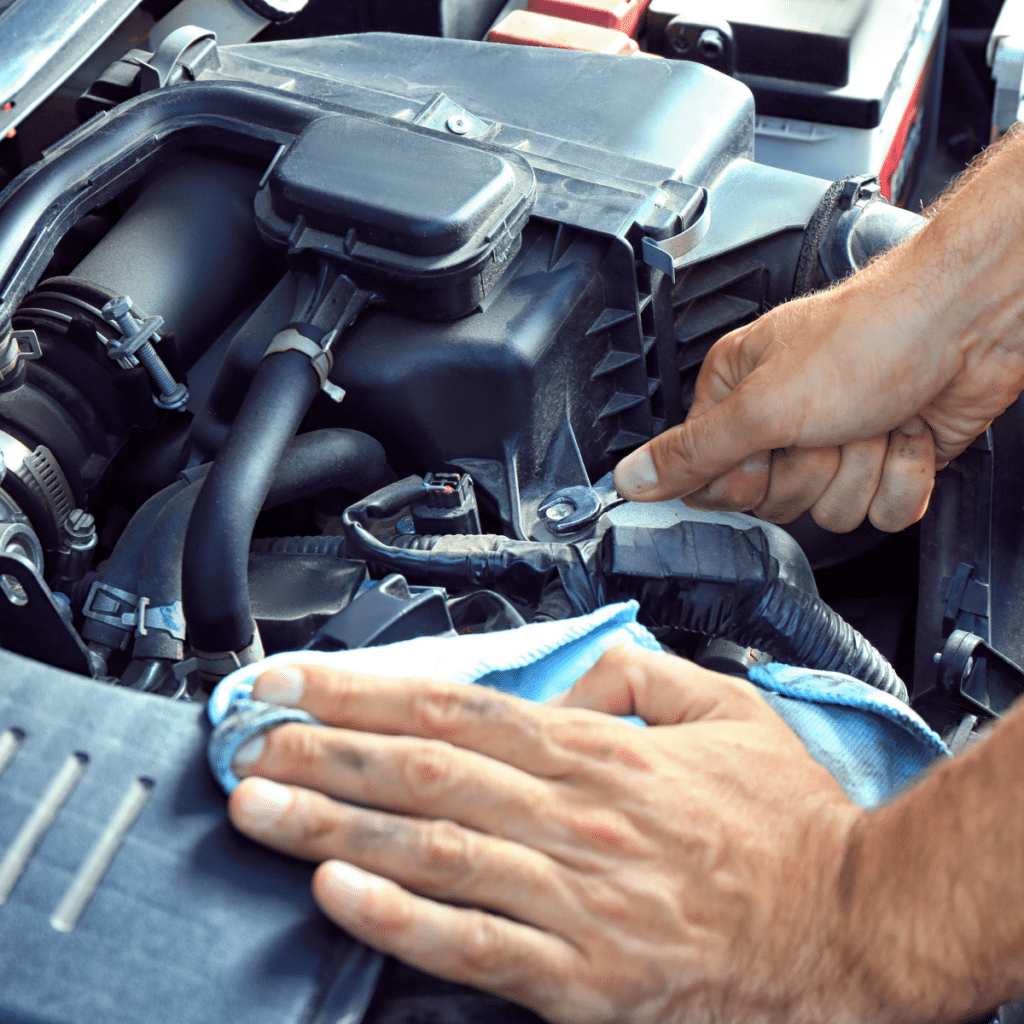
Myth 1: You Don’t Need to Check Your Tires After Winter
One of the biggest misconceptions about spring car maintenance is that your tires don’t need any special attention once winter is over. This could not be further from the truth. Winter driving can be hard on tires, with cold temperatures affecting air pressure and rough conditions taking a toll on tread wear. As temperatures rise, it’s essential to check your tire pressure and adjust it according to your manufacturer’s recommendations. Properly inflated tires ensure better fuel efficiency, safer handling, and longer tire life. Additionally, inspect your tires for any signs of wear or damage. If you’re unsure about the condition of your tires or how to maintain them, visiting a trusted car auction or automotive service can provide you with expert advice and services.
Transitioning from winter to spring can expose your tires to different road conditions, which can cause uneven wear or alignment concerns. Potholes, which become more common during winter due to freeze-thaw cycles, can seriously damage your vehicle’s alignment and tire health. As part of your spring maintenance program, it is recommended that you have your wheel alignment and suspension checked. This not only helps your tires last longer by ensuring even wear, but it also enhances vehicle safety and handling.
Tire rotations should be performed regularly, often every 5,000 to 7,500 miles, in conjunction with your spring check-up to encourage consistent tire wear and improve driving performance. Addressing these concerns early on can help prevent more serious and costly problems later on, emphasizing the necessity of spring tire care.
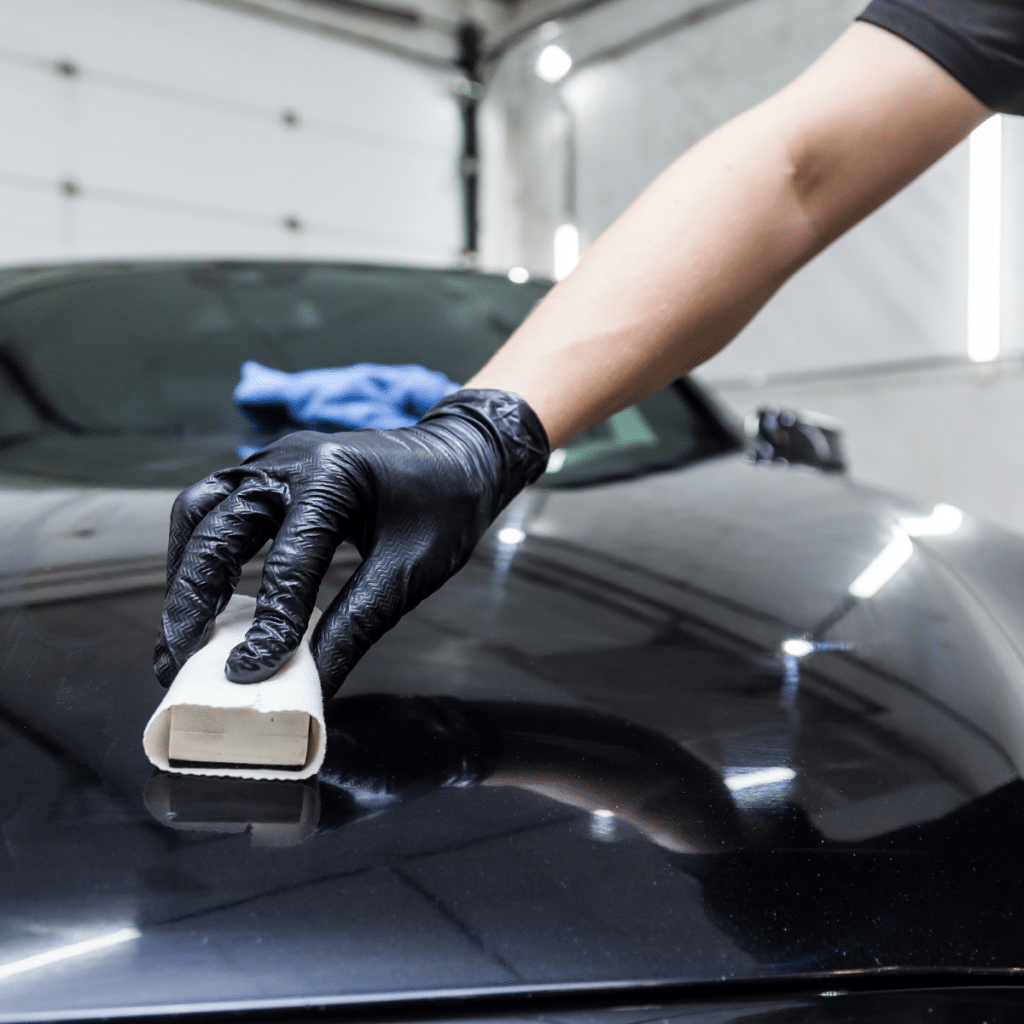
Myth 2: A Car Wash is Just About Keeping Your Car Looking Good
Many people treat a spring car wash as a purely cosmetic task. However, washing your car in the spring is about much more than just aesthetics. Salt and grime from winter roads can cling to your vehicle, causing rust and corrosion if not properly cleaned off. A thorough wash, particularly on the undercarriage, can remove harmful deposits and protect your car’s bodywork. Don’t forget to clean the inside of your car as well; dirt and debris can accumulate inside, affecting the air quality and overall interior condition.
A thorough spring car wash should involve waxing and sealing the vehicle’s exterior. This technique provides an additional layer of protection against the outdoors, shielding the paint from UV damage, bird droppings, tree sap, and other environmental toxins that are more prominent in the spring and summer. Waxing not only improves the vehicle’s sheen but also helps to maintain the paint’s integrity over time.
Furthermore, washing and treating the interior surfaces with suitable protectants helps keep the dashboard and upholstery from fading, cracking, or disintegrating as a result of greater sunlight exposure and higher temperatures. Ensuring that your vehicle is completely cleaned and preserved both inside and out will help it last longer and retain its value, making the spring car wash an important maintenance duty that goes beyond looks.
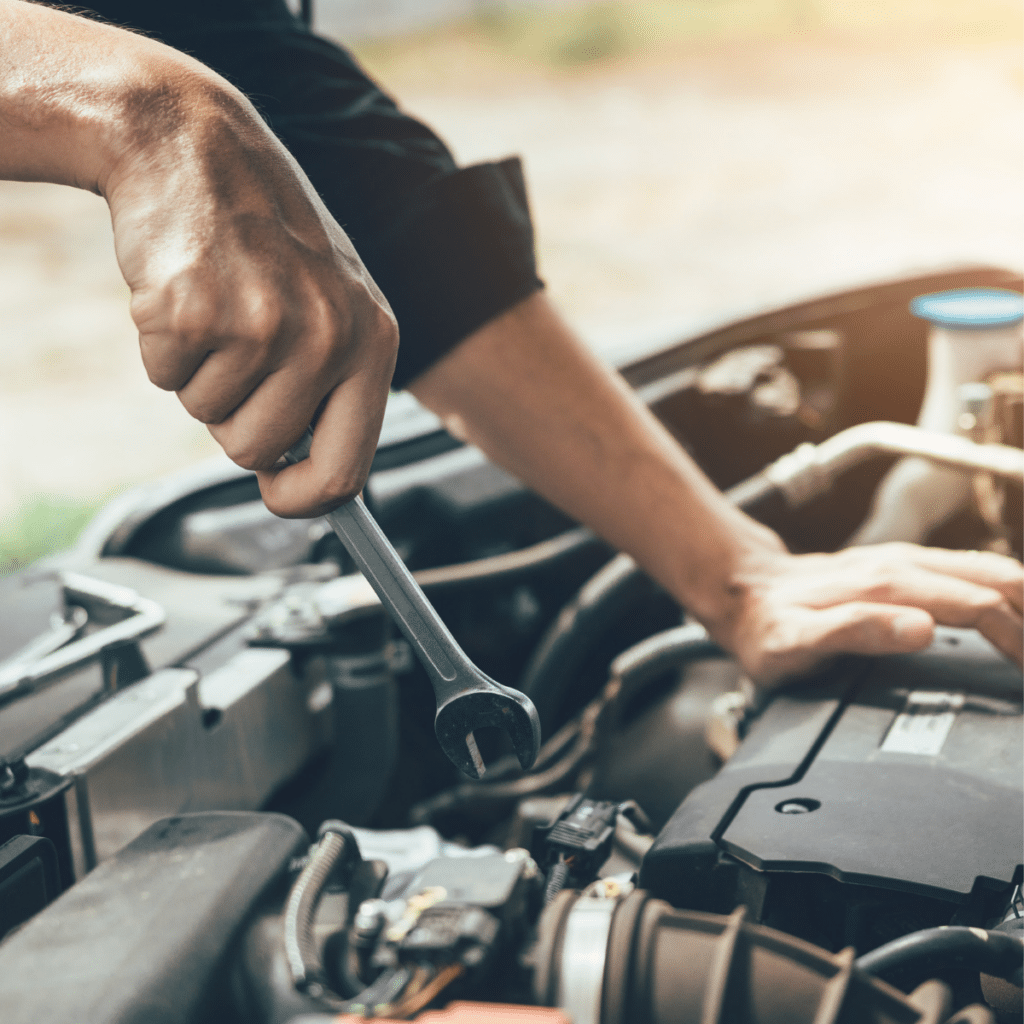
Myth 3: You Should Change Your Oil Every 3,000 Miles
The old adage of changing your oil every 3,000 miles is a persistent myth that doesn’t hold true for most modern vehicles. Advances in oil and engine technology have extended this interval for many cars. Refer to your vehicle’s owner’s manual for the manufacturer’s recommended oil change schedule. Many modern cars can go 5,000 to 7,500 miles, or even more, between oil changes. However, if you’ve been driving in harsh conditions or using your vehicle for frequent short trips during winter, a spring oil change can help ensure your engine remains in good condition.
The type of oil used has a major impact on the frequency of oil changes. Synthetic oils, for example, endure longer and perform better in harsher conditions than conventional oils, allowing for longer periods between oil changes. This is especially significant for vehicles that are subjected to harsh driving conditions, as synthetic oils are designed to resist higher temperatures and keep viscosity for longer periods. When planning a spring oil change, contact with a professional to establish the optimum type of oil for your vehicle’s specific requirements and driving conditions.
Furthermore, this season is an excellent time to inspect other fluids, such as brake, power steering, and transmission fluids, to ensure they are at the right levels and in good shape. Maintaining these fluids will help your car last longer and perform better as the weather warms up.
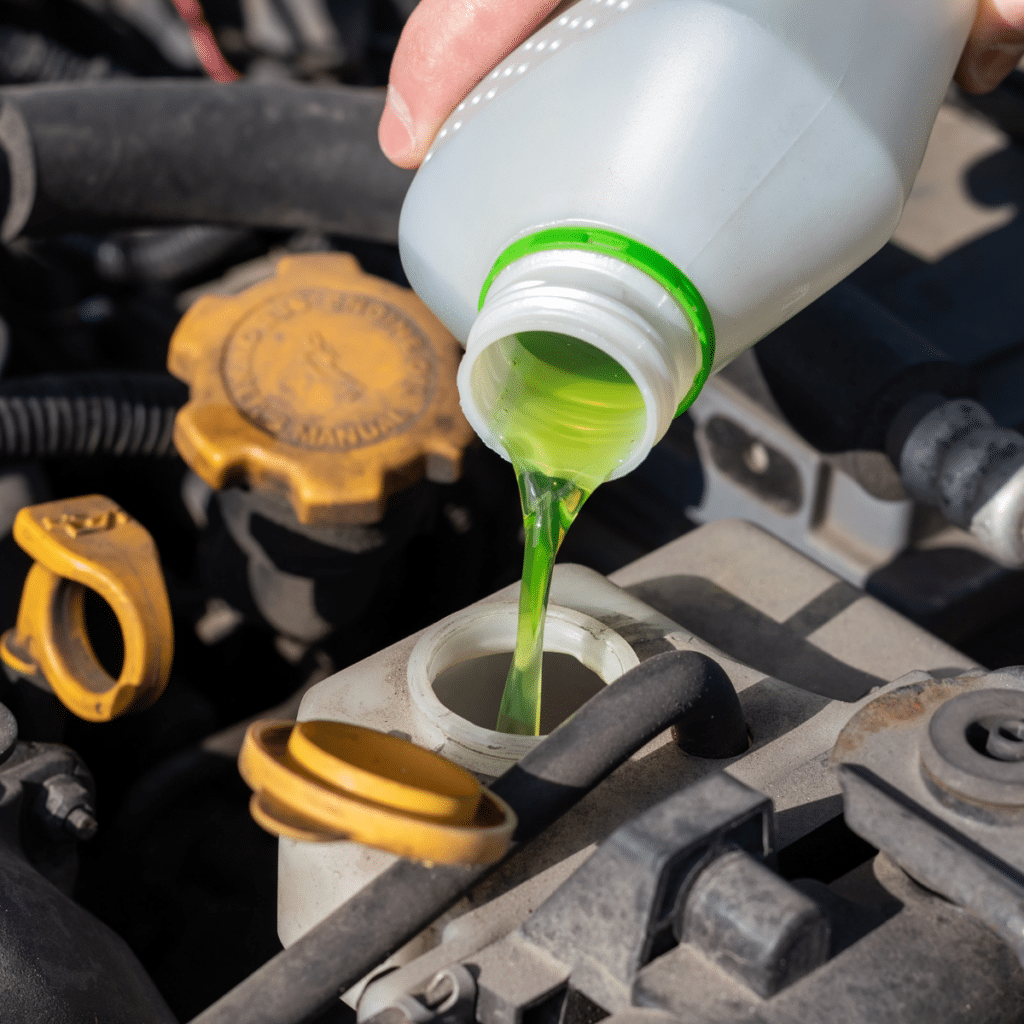
Myth 4: Refilling Coolant is Only a Summer Task
While it’s true that your car’s cooling system is under more strain during hot weather, that doesn’t mean you can ignore it in spring. A cooling system flush and refill are crucial parts of spring maintenance. Over time, coolant can become acidic and lose its ability to protect your engine from rust and corrosion. Spring is a good time to check the coolant level and condition, and to perform a flush if necessary. This not only ensures your engine stays cool as temperatures rise but also prevents long-term damage.
Inspecting the whole cooling system, including the hoses, clamps, and radiator, will help prevent future overheating and costly repairs. Spring examinations might show fractures, leaks, and other indicators of deterioration that were aggravated by the hard winter weather. Addressing these issues early will improve the effectiveness of your cooling system and guarantee it runs smoothly as the weather heats. It’s also an excellent time to inspect the thermostat and water pump, which play critical roles in engine temperature regulation and coolant circulation.
Ensuring that these components are working properly can dramatically enhance your vehicle’s efficiency and minimize overheating, which is especially important as you enter the warmer months. Regular cooling system maintenance not only protects your engine but also ensures the vehicle’s durability and efficiency.
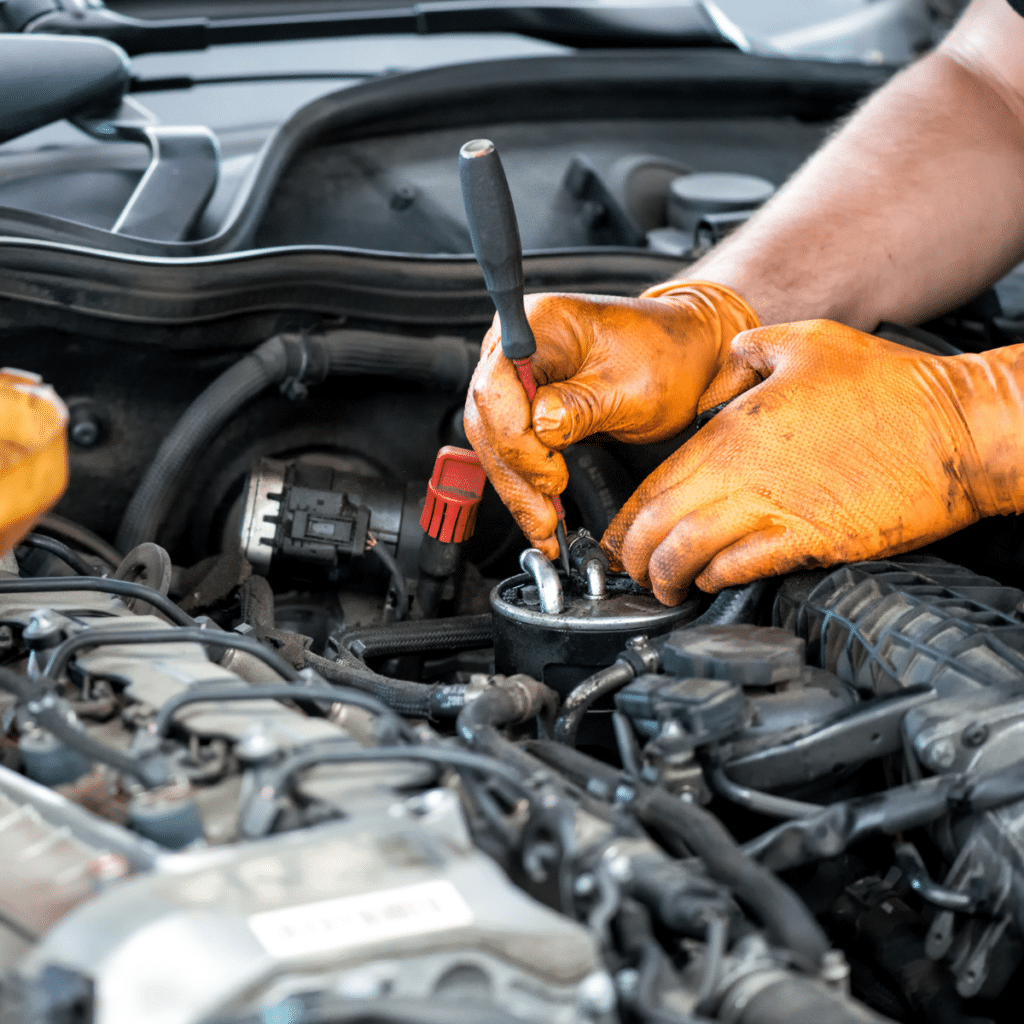
Myth 5: Your Battery Only Needs to be Checked in Winter
Car batteries are notoriously affected by cold weather, which is why many people believe battery checks are only a winter concern. However, the truth is that heat can be just as damaging as cold. High temperatures can cause battery fluid to evaporate, leading to corrosion on terminals and connections. After a long winter, it’s wise to check your battery’s charge and clean any corrosion from the terminals and connections. This simple step can prevent unexpected battery failures and extend the life of your battery.
As part of your spring maintenance, check the battery’s general health and capacity. A professional battery load test can tell you if your battery can still store enough charge to meet your vehicle’s needs. Batteries normally last three to five years, though this might vary depending on usage, environment, and vehicle type. If your battery is nearing the end of its estimated life or if the test results show poor performance, changing it before it dies can keep you from being stranded with a non-starting vehicle.
Additionally, examining the charging system, which includes the alternator and voltage regulator, ensures that your battery is properly charged while the car is running. Addressing these components in the spring ensures that your car is reliable and prepared to withstand the higher electrical needs of summer driving, such as air conditioning and cooling fans.
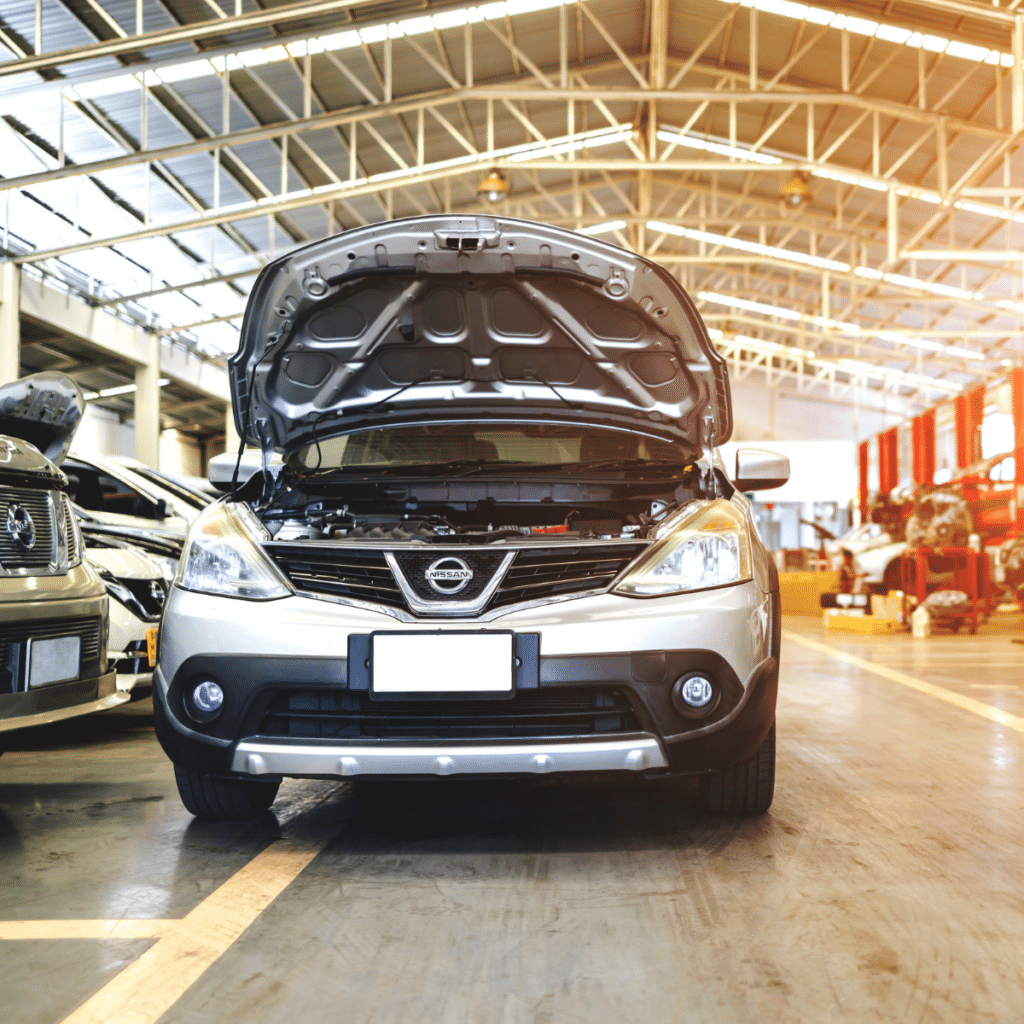
Myth 6: All-Season Tires are Good for All Seasons
While all-season tires are designed to perform in a variety of conditions, they are not always the best option for every season. In regions where winter brings heavy snow and ice, winter tires are invaluable for safe driving. Come spring, however, many drivers believe they can continue using their winter tires without issue. This is a misconception. Winter tires are made from a softer rubber compound that wears down quickly in warm temperatures. Switching back to all-season or summer tires in the spring can improve your fuel efficiency, handling, and tire longevity.
Using the right tires for the season can considerably reduce the chance of an accident due to poor traction. All-season tires are designed to strike a compromise between the soft, flexible compounds required for winter traction and the tougher compounds required for stability in hotter weather. Drivers who switch to all-season or summer tires when the weather warms will notice increased dry and wet road performance, which is critical for spring showers and changing road conditions.
Furthermore, making this switch helps prevent premature wear on winter tires, ensuring their effectiveness in future seasons. When winter tires are not in use, keeping them clean, dry, and away from direct sunlight will help them last longer and perform better when they are needed again. This systematic approach to tire management assures year-round safety, performance, and cost-effectiveness.
Finally, eliminating these spring maintenance myths might help you understand how to take care of your vehicle as the seasons change. By making early efforts to inspect and maintain your vehicle this spring, you can ensure that it operates smoothly, efficiently, and safely during the warmer months. Remember that regular maintenance is the key to increasing the lifespan and performance of your car. So, don’t believe the falsehoods; take action this spring and give your car the attention it needs.
